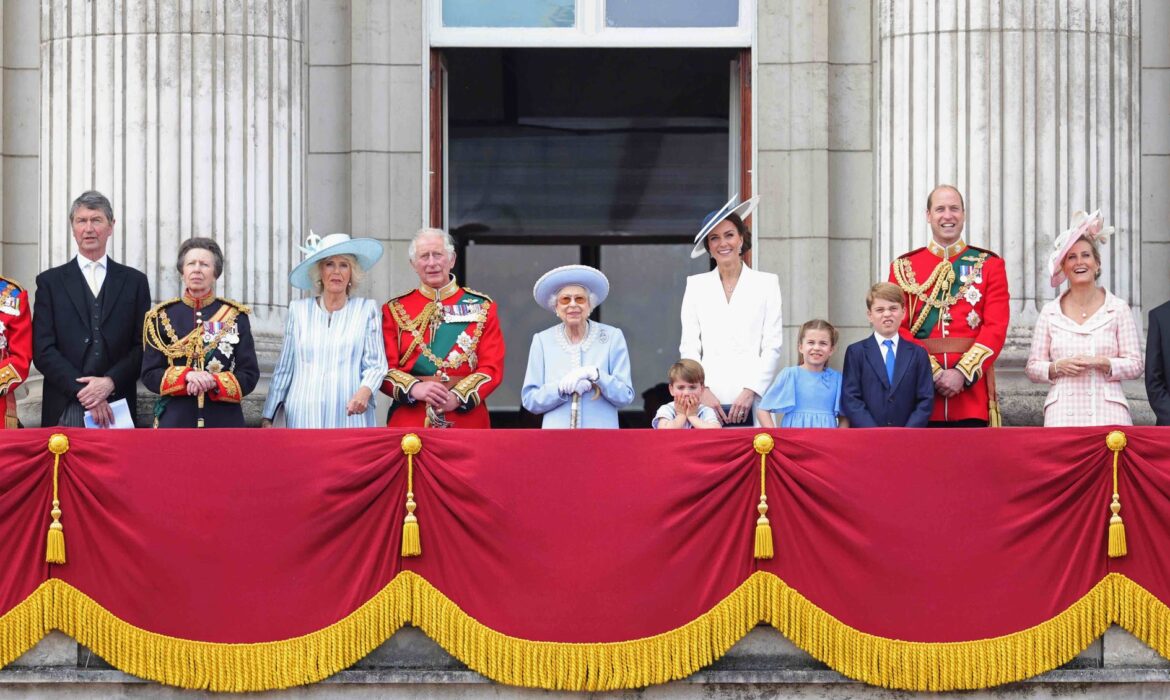
Succession Planning at its best – lessons from the Royal Family
No one can give a better example of succession planning than the Royals themselves, the process and procedures in place to immediately proclaim and transfer monarch is sublime and smooth. The palace mastered the art of succession planning and successor preparation years ago. The palace teaches us all the amount of detail, strategy, and tactical planning that has to be done to transfer ownership of power and how the leader has to be prepped to take the lead.
Handed power during a crisis at a personal loss
The royal family is being prepared to take over the roles once the leadership transfers. The ultimate ownership has its defined boundaries and detailed plan on how the proclamation of the new monarch takes place while King Charles has to visit all the counties of England for the first time as their King while grieving for his mother in time at a personal loss. The poised poignant royals take a high road in all the traditions, and vigils but not forgetting to communicate and address their audience, their people.
Granular planning & preparation
The London Bridge operation detailing the Queen’s funeral plans on a 10-day project has already been decided with the Queen, King Charles, and the rest of the working royals. The plan takes place as and when the leadership changes and everyone is on board and briefed beforehand so there is no ambiguity or room for speculation.
Successor preparation, develop key competencies for leadership
The most crucial out of all, King Charles III was prepping for it his whole life. Even from his childhood to his education to military training, was a part preparing him and his successors to take up the roles from birth. This involves identifying development needs and closing gaps while getting the successor to develop competencies and skills that is needed for the job.
Build empathy and manage vulnerability
King Charles III and the working royals have been extremely empathetic toward the public in consoling and sharing their personal experiences about Queen Elizabeth II. They all accepted her devotion and service, and while it is understood that the new leader will have certain changes there never was any criticism among the successors. While Queen Elizabeth II left on her terms, the path was clear for the next person with no grey areas – the process to her duties, charities, and work was defined and passed on to the next generations.
Brand image and communication on point
King Charles addressed the nation for the first time with poise, controlling his personal emotions yet being vulnerable. Royals go by “never complain, never explain” yet are approachable to the public, friendly, and charming when they are among the public. Each of them shared their personal experience with people who loved their leader and shared her with them.
Accept advice and seek counsel
The royals always had counsel and mentors advising them, especially during transitions and crises. Having an expert panel to support you through the change of leadership and reputation mishaps to protect leadership and reduce human errors.
Something that organizations fail to do is acknowledge the good done during past leadership, protect the corporate legacy not criticize predecessors who lack integrity. Many companies might not have the board strength to oversee the transition and prepare succession in a royal way, but with a digitized and modern HR it is possible. HR tech has come a long way, it might not be royal proof but HR systems such as PeoplesHR have been built to be future-proof for succession planning.

